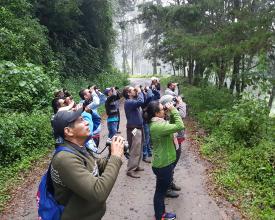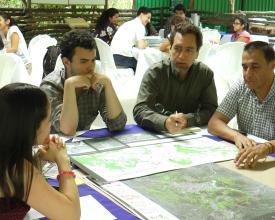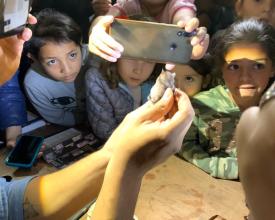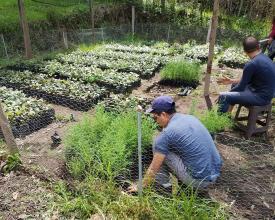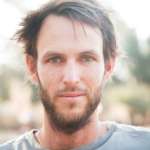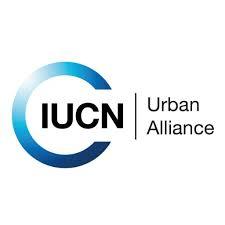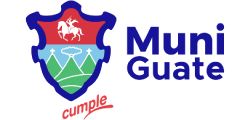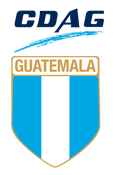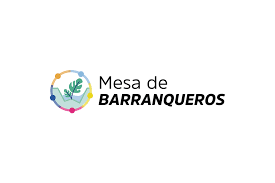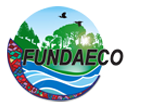
The Metropolitan Green Belt of Guatemala City: A green and blue network of protected nature for biodiversity and urban resilience
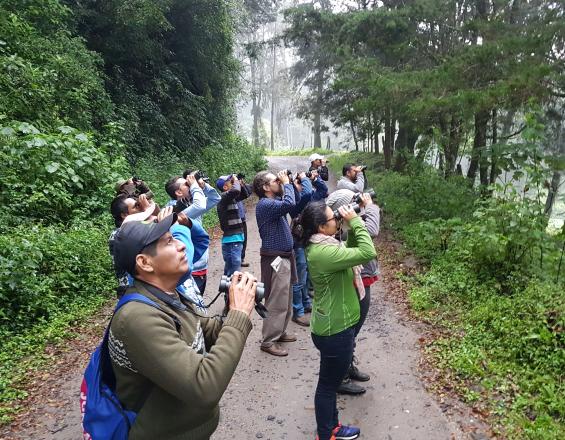
FUNDAECO´s "Metropolitan Greenbelt" Initiative has sought to establish a network of nature reserves in forested ravines within the city of Guatemala, in order to provide safe public recreational spaces for all city inhabitants. This urban green infrastructure is also increasing the city's resilience to climate change by protecting micro-watersheds, recharging the water table, reducing vulnerability to landslides, protecting urban biodiversity, and countering the heat island effect.
In 1995 FUNDAECO created the first Ecological Metropolitan Park in a ravine within the City (“Parque Cayalá”). The impressive canyons that crisscross the city had traditionally been seen as dumpsters, dangerous refuges for criminals and illegal and highly vulnerable squatting slums.
Since then, many ravines have been converted into public green spaces for citizens. Zoning plans have been enacted by municipalities, new parks have been created and a green network of protected sites is currently being developed.
Impacts
Through the promotion of two municipal plans for land management, protected area master plans, and the creation, restoration and protection of nine ecological parks and nature reserves, the project has directly contributed to the conservation of approximately 16,500 ha of forests in five 'Life Zones' of the metropolitan region. These parks provide areas for public recreation and environmental education. Over the past 25 years, more than 400,000 people were sensitized through guided ecological tours, talks and environmental fairs.
Among the species and protected ecosystems are: pine forests, mixed broadleaf forests and oak forests, with 16 Quercus species of which 13 are under some category of threat according to IUCN data; 46 species of orchids, 23 of them in appendix II of CITES; 23 species of the genus Tillandsia; 399 species of birds of which 32 are under the designation highly vulnerable and in urgent need of special attention"; 60 species of reptiles (three in a vulnerable state); 26 species of amphibians (three critically threatened and six endemics); and finally (although further studies are necessary), it is estimated that in the region we are protecting as many as 138 species of mammals.

